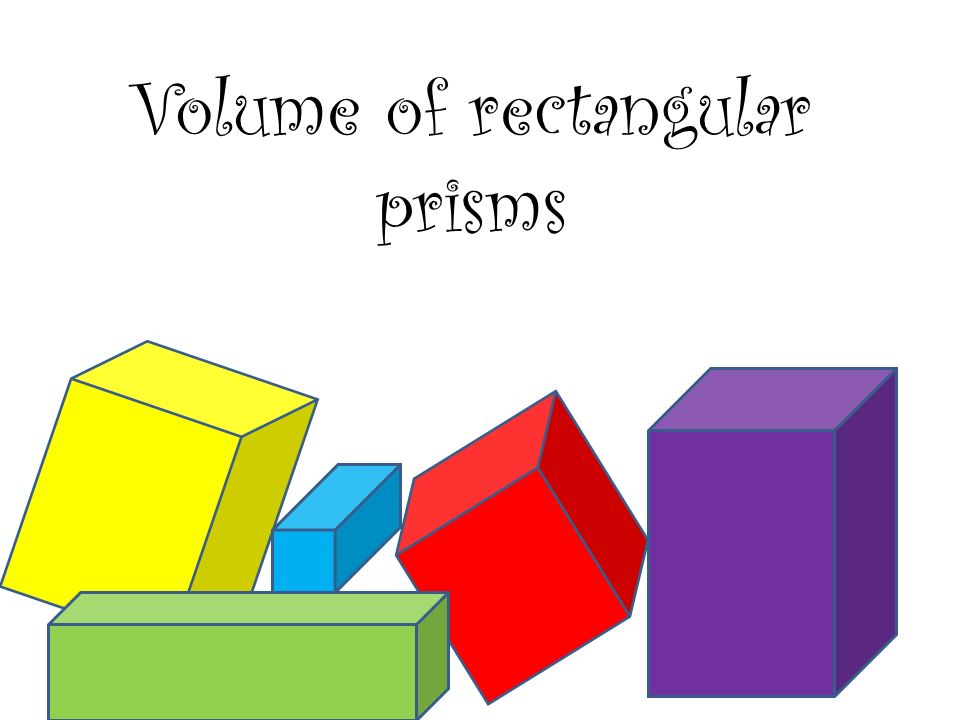
Mariche Koleva
Mathematics teacher

In this course, we will explore the concept of volume measures, including how to calculate the volume of a variety of different shapes. Specifically, we will focus on the volume of cuboids, cubes, and rectangular prisms. We will begin by defining what we mean by volume and discussing the units we use to measure it. We will then move on to looking at how to calculate the volume of a cuboid, which is a three-dimensional shape with six rectangular faces. We will discuss the formula for finding the volume of a cuboid, as well as how to apply it to solve problems. Next, we will focus specifically on the cube, which is a type of cuboid where all the faces are identical squares. We will explore the relationship between the side length of a cube and its volume, and we will look at some real-world examples of cubes, such as dice and sugar cubes. Finally, we will examine the rectangular prism, which is a three-dimensional shape with six rectangular faces where the opposite faces are congruent. We will learn how to calculate the volume of a rectangular prism using a specific formula, and we will explore different real-life scenarios where this knowledge might be useful. Throughout the course, we will use a variety of interactive tools and examples to help illustrate these concepts and make them more accessible. By the end of the course, you will have a solid understanding of volume measures, as well as the ability to calculate the volume of cuboids, cubes, and rectangular prisms with confidence.
To take this course on volume measures, students should have a basic understanding of geometry and algebra. Specifically, they should be comfortable working with equations and formulas, as well as calculating areas and perimeters of two-dimensional shapes. It is also recommended that students have a good grasp of basic arithmetic operations and units of measurement, such as centimeters, inches, or feet. Moreover, students should have access to a calculator, as well as a pen and paper to take notes and solve problems. They should also be comfortable using online resources and interactive tools, as this course will utilize a variety of digital learning materials and activities. Finally, students should be willing to engage in critical thinking and problem-solving activities. They should be able to apply mathematical concepts to real-life scenarios and analyze and interpret data to make informed decisions. This course will require active participation and practice, and students should be prepared to invest time and effort into learning and mastering the material.

Mathematics teacher
The Open edX platform works best with current versions of Chrome, Edge, Firefox, Internet Explorer, or Safari.